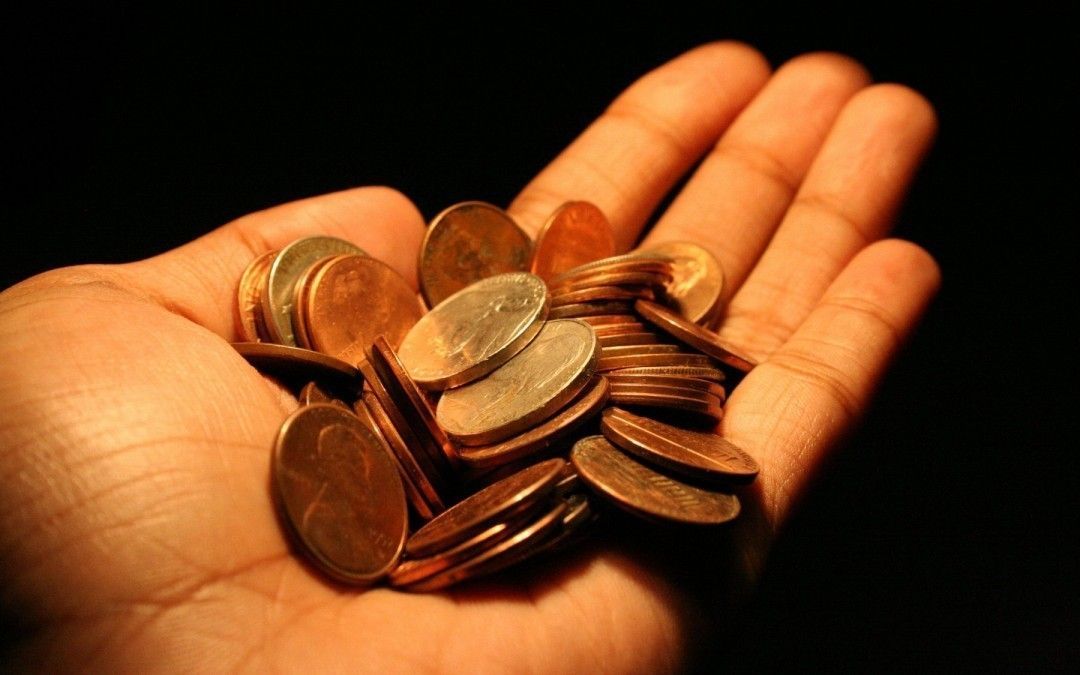
Money is supposedly the substance that makes the world go round, but as it currently stands, the penny is one of the most discarded items on today’s streets. No longer does this face have its royalty, as the humble penny is considered less than even chump change, let alone financial worth. Parading the sidewalks, tossed in fountains, and shoved between car seats, this small coin has definitely seen its better days.
Because of its low status, both on a secular and monetary level, consideration for the penny’s removal on the U.S. currency has been discussed. However, over much debate, it seems that the penny is sticking around—for now. According to the U.S. Mint, there are no plans to discontinue the penny, as it would require congressional approval, but that doesn’t mean rumorous talk of its elimination isn’t circulating.
The subject is still on people’s minds, and has left many to ask, “Is the penny still worth it?”
Source: Pennies from Heaven
Reasons to Quit
1. The All-Time Most Inefficient Monetary Value
According to the 2013 U.S. Mint Annual Report, it takes about 1.8 cents to produce a penny, and that value will only go up as resources become more and more limited. Though it sounds minimal, a penny itself is only worth 1 cent, meaning that every time the penny is produced, the nation loses money.
Why is this? Well, modern pennies are made of a copper-plated zinc, and even though the raw material is not worth that much, the sheer effort to produce a penny on the manufacturing line costs more than the output, making the coin highly insufficient.
To check the current manufacturing cost of a penny, click here.
2. Unacceptable Coin For New Tech
Many services, such as vending machines and tollbooths, do not accept pennies, and this coin is generally not accepted in bulk for a transaction either. This causes a majority of them to end up casually tossed aside or collecting dust at the bottom of mason jars.
Generally, this is not an issue, but collectively, all the discarded coins create a deficit in the national monetary circulation. Economist, Greg Mankiw, says that “the purpose of the monetary system is to facilitate exchange, but […] the penny no longer serves that purpose.”
3. Zinc Is Actually Toxic
Though zinc, to the touch, is harmless, serious and even lethal problems may occur if ingested. Since a 1 cent coin is mostly zinc, complications like fatal anemia or gastric ulcerations may follow in pets and children who swallow this coin.
(Source: The Lonely Heart on Etsy)
Reasons to Continue
1. The Penny Has Increased in Cost
A recent report by Navigant Consulting found out that the Unites States government would actually lose money if the penny were illuminated. The nickel, the second lowest coin in value behind the penny, would become the coin of least monetary worth at 5 cents. However, according to the current U.S. Mint, it takes eleven cents to manufacture this coin, which makes this coin’s production highly insufficient. With the 1 cent gone, the need for nickels would increase, and thus, the production of the coin would also rise.
In a scenario, where the nickel production doubled without the penny, Navigant Consulting concluded that the increased net expenses would cost the United States $10.9 million to produce the needed coinage. That is one expensive side effect of eliminating the 1 cent coin.
2. There Are Many Alternative Materials
Zinc was once highly abundant and inexpensive, which was why it was the choice material for the 1 cent. However, the substance is now slowly becoming limited, thus increasing the value of the metal, and making the penny more expensive to produce. This is one reason some argue to eliminate the penny, but others say it would be easier to replace the penny’s makeup with another, more cost efficient material instead.
3. By Popular Vote: REJECTED
During 2012, when the potential penny elimination was at its hottest, the Opinion Research Corporation International and the Americas for Common Cent conducted a survey to find what the popular opinion was on the coin. Of those measured, over two-thirds (67%) favored to keep the penny in circulation. 77% also were concerned that if the penny was eliminated, businesses might raise prices in order to compensate for the lost few cents.
There are just as many motives to remove the penny from our nation’s monetary circulation as there are to keep its existence. The strongest reasons for both sides are the monetary adjustments: the coin’s insufficiency for those who seek removal, and the government’s financial deficit if the 1 Cent coin was to be eliminated.
However, with the ever-changing economy and material sources becoming more and more limited, the need to remove this coin may become more pressing. Regardless, the penny is currently here to stay whether we are happy for its continuation or not.







